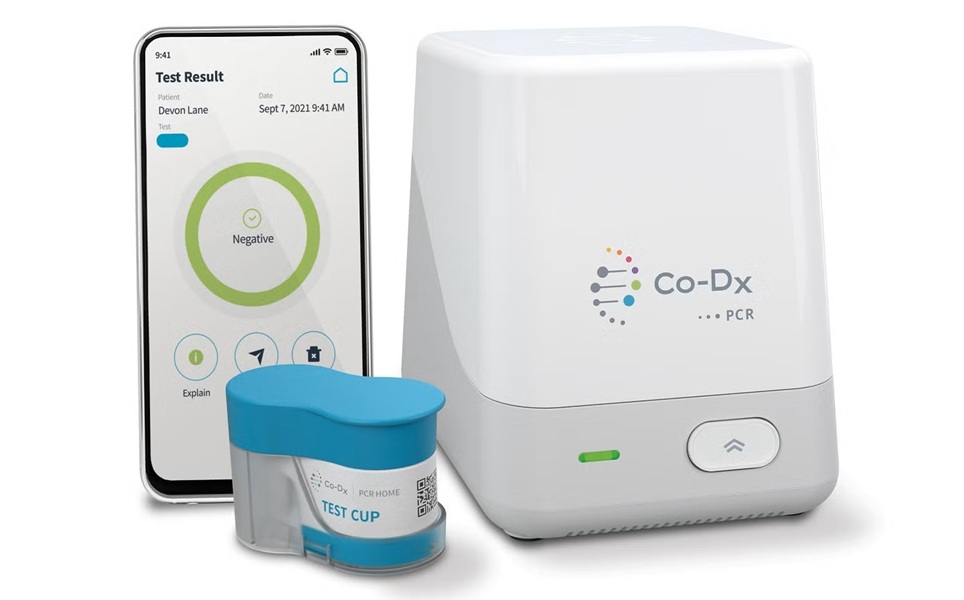Global Coagulation Testing Driven by Increasing Blood Disorders and Surgical Interventions
Posted on 15 Aug 2024
As the global population ages, there is an increasing demand for coagulation testing, particularly among the elderly who face a higher risk of thrombotic events and coagulation disorders. Clotting factors crucial for coagulation testing include fibrinogen, prothrombin, thromboplastin, calcium, and antihemophilic factors, with prothrombin being a key plasma protein synthesized by the liver, essential for coagulation. These tests are critical in diagnosing diseases such as bleeding disorders or clotting disorders, aimed at identifying deficiencies in clotting factors and detecting the progression of liver diseases or a vitamin K deficiency. Rapid economic development and improving healthcare infrastructure in emerging markets are increasing access to coagulation testing, driving market growth, and serving previously underserved populations. The global coagulation testing market is projected to grow at a CAGR of 6.0% from 2024 to 2034, reaching USD 6.5 billion by 2034. The rise in surgical interventions, including complex procedures like cardiac surgeries and organ transplants, is boosting the need for coagulation testing to monitor patients' clotting status and minimize bleeding risks.
These are the latest findings by Transparency Market Research (Wilmington, DE, USA), a market research firm.
.jpg)
The coagulation testing market is experiencing significant growth, driven by the rising incidence of liver diseases, cardiovascular conditions, and blood disorders. These tests are fundamentally used for diagnosing and monitoring unexplained bleeding, managing anticoagulant therapy, and assessing liver disease progression. Modern developments include innovative point-of-care (POC) solutions that quickly assess a patient’s coagulation status and are compatible with all types of anticoagulants, including direct oral anticoagulants, enhancing patient outcomes and simplifying clinical procedures.
These advancements have increased the importance of POC coagulation tests for the early detection of bleeding disorders and close monitoring of anticoagulant therapy effects. Manufacturers are developing advanced POC devices based on these needs. The growing preference for home-based healthcare is spurring the development of portable, user-friendly coagulation testing devices that allow patients to easily monitor their clotting status, thereby broadening market reach. Additionally, the increasing focus on personalized medicine is pushing the demand for coagulation tests that are tailored to individual patient needs, enhancing treatment precision and optimizing therapeutic outcomes.
Based on product type, the consumables segment is leading the coagulation testing market, driven by ongoing demand for reagents, kits, and other testing consumables. Based on test type, the PT segment is dominating the coagulation testing market, providing essential insights into the extrinsic clotting pathway and overall coagulation status. By end user, the hospitals and clinics segment is leading the coagulation testing market, offering extensive diagnostic services and managing diverse patient conditions.
Geographically, the North American coagulation testing market, especially the United States, is being driven by its sophisticated healthcare systems and a high prevalence of chronic conditions that require frequent coagulation tests. The region is benefitting from well-established diagnostic labs and hospitals that provide a comprehensive range of testing services and products, with strict regulatory standards ensuring the quality and reliability of these tools. Europe has a mature coagulation testing market, led by nations such as Germany, France, and the United Kingdom, characterized by strong healthcare infrastructure and extensive R&D activities. Technological advancements in testing techniques and a focus on patient safety are boosting the market growth in Europe. Collaborations between academic sectors and industry are driving innovations in coagulation testing. In Asia Pacific, economic growth and increasing healthcare investments are propelling the coagulation testing market, with countries like China, India, and Japan experiencing rising demand for coagulation testing due to rising chronic disease rates and improved healthcare accessibility.
Related Links:
Transparency Market Research














